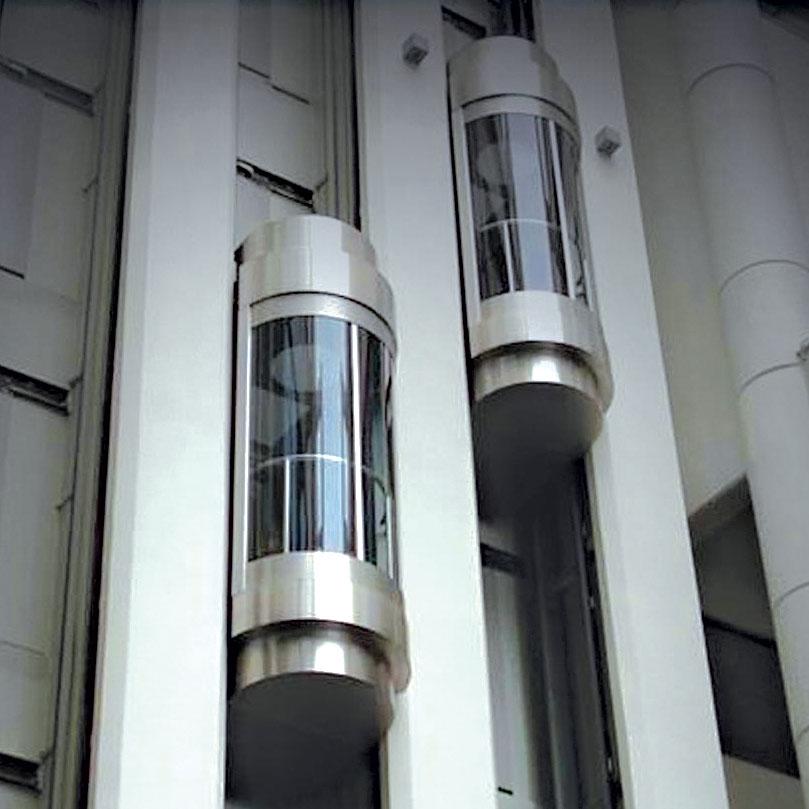London Lift Company: Trusted Experts for All Your Vertical Transportation Needs
London Lift Company: Trusted Experts for All Your Vertical Transportation Needs
Blog Article
Digging Into the World of Lifts: Typical Issues Encountered by Numerous Lift Devices
As we browse via the vertical transportation systems of modern buildings, elevators stand out as an indispensable element of our day-to-day lives. From hydraulic elevators to traction systems and machine-room-less layouts, each lift kind comes with its set of typical issues.
Hydraulic Elevators
Hydraulic lifts, usually chosen for low-rise buildings, make use of fluid stress to control the motion of the lift vehicle (lift repair companies). This system entails a hydraulic pump pressing oil into a cylinder, triggering the lift to relocate the desired direction. While hydraulic lifts are recognized for their smooth and quiet operation, they do include their very own collection of usual issues
One widespread trouble with hydraulic lifts is oil leak. In addition, concerns with the control system, such as damaged shutoffs or a malfunctioning pump, can cause interruptions in the lift's motion.
Routine maintenance and prompt repairs are important to make sure the smooth performance of hydraulic lifts. By resolving these usual problems proactively, building proprietors can lessen downtime and make sure the safety and efficiency of their upright transportation system.
Traction Lifts
When taking into consideration upright transportation systems in buildings, another common kind other than hydraulic elevators is the grip lift. Traction lifts operate making use of a system of ropes and counterweights that move the elevator vehicle by gripping onto the hoist ropes. This device enables smoother and faster upright transport contrasted to hydraulic systems.
One of the typical issues encountered by traction elevators is rope wear. The continuous movement of the ropes within the grip system can result in tear and put on in time, possibly triggering the lift to breakdown or end up being risky for usage. Routine inspections and upkeep of the ropes are vital to ensure the elevator's appropriate performance and security.
An additional problem that grip elevators might encounter is associated with the control system. Issues with the control system can lead to problems such as irregular movement, hold-ups in response times, or also full closures. Regular screening and upkeep of the control system are important to avoid such problems and make certain the elevator's dependability.
Machine-Room-Less (MRL) Elevators

One of the key parts of MRL lifts is the small gearless traction equipment that is set up within the hoistway. This device efficiently drives the lift cars and truck without the requirement for bulky tools discovered in traditional grip lifts. In addition, MRL lifts normally utilize a weight system to balance the vehicle, additional enhancing their power effectiveness.
Despite their advantages, MRL lifts might face difficulties associated with repair and maintenance due to the restricted room for equipment setup. Accessibility for servicing parts within the shaft can be limited, needing specialized training for technicians. Proper upkeep timetables and regular evaluations are vital to ensure the ongoing smooth procedure of MRL lifts.
Overloading and Weight Limitation Issues
Overloading and weight limit issues are crucial problems in lift procedures. Lift makers style lifts with particular weight capacities to guarantee passenger safety and devices durability.
When elevators are strained, it places extreme stress on the motor, cables, and various other parts, potentially causing malfunctions or failures. If they discover excess weight, safety devices such as sensing units and overload sensors are in area to stop lifts from relocating. Additionally, exceeding weight limits can cause boosted power intake and wear and tear on the lift system.
To minimize straining concerns, developing managers need to prominently present weight limitations in lifts and inform occupants on the relevance of adhering to these constraints - lift repair companies. Regular upkeep checks by qualified technicians can likewise help make certain that elevators are running within safe weight specifications. By addressing overloading and weight limitation issues proactively, building owners can boost elevator safety and effectiveness
Electric System Failures
Going beyond weight restrictions in lifts can not just lead to mechanical concerns yet also possibly add to electric system failures within the lift infrastructure. Electric system failures are an essential worry in elevator operation, as they can cause unexpected closures, breakdowns, or also safety hazards.
Routine maintenance and inspections are critical to determine and address possible electrical concerns immediately, ensuring the secure and effective operation of lift systems. By adhering to weight restrictions and conducting regular electrical system checks, structure owners can minimize the danger of electric failures in lifts.
Conclusion

Hydraulic elevators, usually liked for low-rise buildings, make use of fluid pressure to regulate the motion of the lift cars and truck.When thinking about upright transport systems in buildings, an additional common kind aside from hydraulic lifts is the traction lift. Traction lifts operate utilizing a system of ropes and counterweights that move the lift automobile by grasping onto the we maintain lifts hoist ropes. Unlike typical lifts that need a different machine room to house the equipment, MRL elevators incorporate most of the parts within the shaft, eliminating the demand for a devoted equipment room.In final thought, elevators face typical concerns such as hydraulic malfunctions, traction system failings, and electric system problems.
Report this page